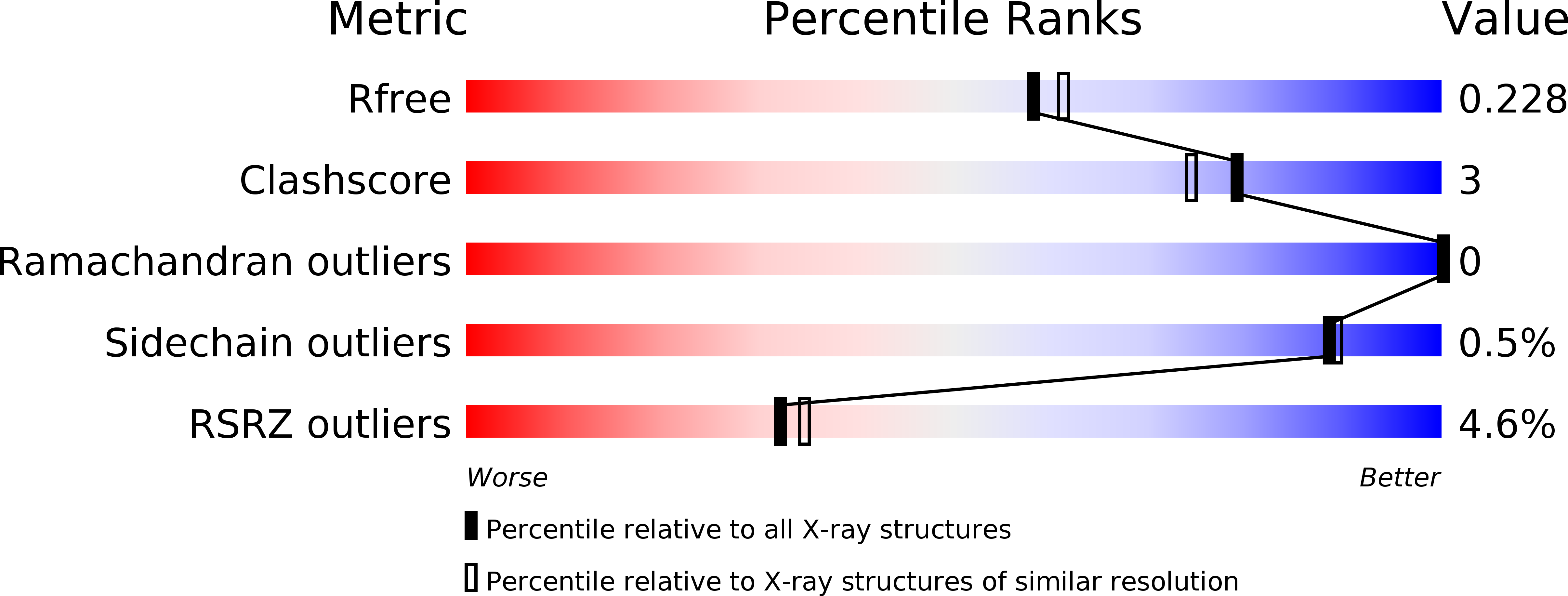
Deposition Date
2014-04-28
Release Date
2014-12-17
Last Version Date
2024-05-08
Entry Detail
PDB ID:
4PF5
Keywords:
Title:
Crystal structure of Concanavalin A complexed with a synthetic derivative of high-mannose chain
Biological Source:
Source Organism:
Canavalia ensiformis (Taxon ID: 3823)
Method Details:
Experimental Method:
Resolution:
2.04 Å
R-Value Free:
0.22
R-Value Work:
0.17
R-Value Observed:
0.18
Space Group:
H 3 2


